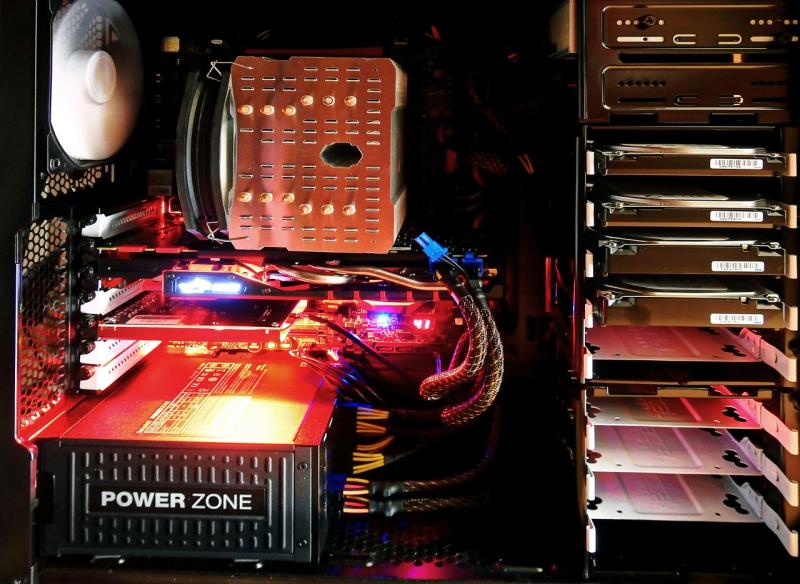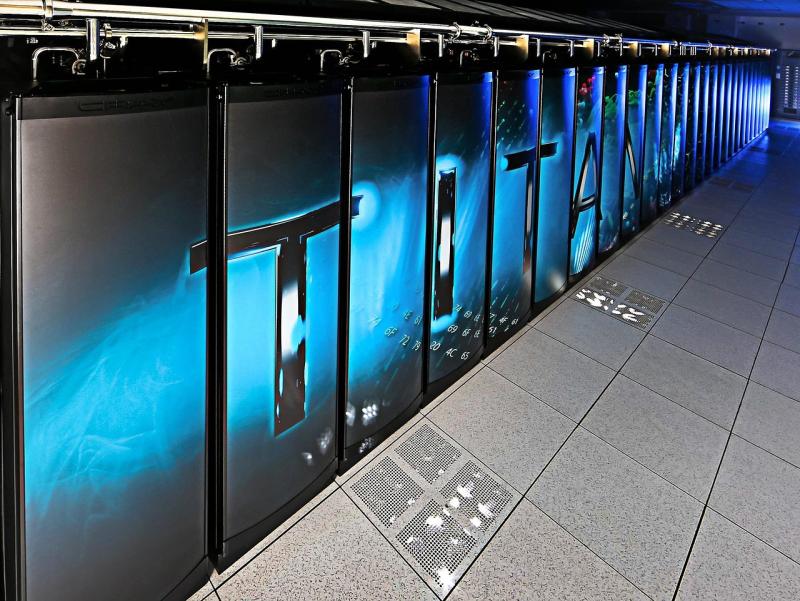Astrobiology and planetary science are on a quest to answer fundamental questions about the universe: Can life exist beyond Earth? How do planets form and evolve? Workstations purpose-built for computational astrobiology and planetary research offer the precision, computational power, and reliability needed to investigate extraterrestrial environments and simulate cosmic phenomena. These systems are essential for scientists navigating the mysteries of distant worlds and unlocking the secrets of the cosmos.
---
### **Unmatched Processing Power for Planetary Simulations**
Astrobiology workflows often involve simulating planetary environments, assessing biosignatures, and modeling chemical interactions. These workstations feature advanced multi-core processors optimized for parallel computing, enabling researchers to simulate atmospheric dynamics, surface processes, and deep-space phenomena efficiently.
For applications such as analyzing exoplanet habitability or exploring space weather patterns, this processing power accelerates research and ensures high accuracy in results.
---
### **High-End GPUs for Stellar and Geological Visualizations**
Visualizing planetary systems and cosmic phenomena requires professional-grade GPUs capable of rendering complex 3D models and high-resolution simulations. These workstations deliver GPU acceleration for tasks like visualizing orbital dynamics, studying light curves from exoplanets, and reconstructing geological features from observational data.
From spacecraft missions mapping Mars to telescopic studies of distant exoplanets, these GPUs provide clarity and depth to visualize planetary environments and cosmic events.
---
### **Expansive Memory for Interdisciplinary Science**
Astrobiology bridges multiple scientific disciplines, including biology, geology, and astronomy, often requiring substantial memory resources to integrate data from diverse sources. These workstations provide RAM configurations ranging from 128GB to 512GB, ensuring smooth performance during complex analyses and multitasking across diverse modeling platforms.
This capability allows researchers to tackle interdisciplinary challenges, such as modeling microbial survival on icy moons or analyzing volcanic activity on exoplanets.
---
### **Optimized Storage for Astronomical Data**
Planetary research generates immense amounts of observational data, from telescope readings to spectrographic analyses. These workstations incorporate NVMe SSDs for quick access to active datasets and high-capacity HDDs or RAID configurations for archiving results, mission logs, and simulation outputs. Secure storage solutions facilitate efficient data retrieval, management, and sharing for collaborative research teams.
---
### **Compatible with Astrobiology Software**
Workstations for planetary research are tailored for software tools like ENVI, NASA's WorldWind, Astropy, and Geant4. GPU acceleration and optimized processing ensure seamless operation across planetary simulation platforms, enabling researchers to evaluate extraterrestrial environments, simulate surface conditions, and analyze space mission data effectively.
---
### **Applications Across Astrobiology and Planetary Sciences**
These workstations support a wide array of investigations into life beyond Earth and planetary processes:
- **Exoplanet Exploration:** Study atmospheres, analyze biosignatures, and model orbits of potentially habitable worlds.
- **Planetary Geology:** Investigate surface compositions, simulate volcanic activity, and map subsurface structures.
- **Mars Missions:** Process rover data, simulate soil analysis, and assess habitability potential.
- **Icy Moon Studies:** Evaluate the potential for subsurface oceans and microbial ecosystems on moons like Europa and Enceladus.
- **Cosmic Chemistry:** Model chemical reactions in deep space environments, from planetary atmospheres to interstellar clouds.
Their versatility ensures these systems are invaluable for researchers contributing to astrobiology and planetary science.
---
### **Reliability for Long-Term Missions**
Space exploration and planetary research often involve years-long projects requiring systems capable of sustaining performance throughout extended studies. These workstations are designed with industrial-grade components and efficient cooling systems to ensure consistent operation during prolonged simulations and data processing tasks.
---
### **Future-Ready for Emerging Discoveries**
As space missions and observational technologies continue to advance, these workstations are built to scale. Modular architectures allow researchers to upgrade GPUs, processors, and memory to meet the demands of future exploration and data modeling.
---
**Unveiling the Mysteries of the Universe**
Workstations for computational astrobiology and planetary research provide the tools scientists need to study the cosmos and explore the conditions for life beyond Earth. By combining exceptional hardware performance, optimized data management, and advanced visualization capabilities, these systems empower researchers to push the boundaries of space exploration. Whether modeling exoplanet climates or analyzing rover data, these workstations drive discovery and deepen humanity's understanding of the universe.
View our related products
See more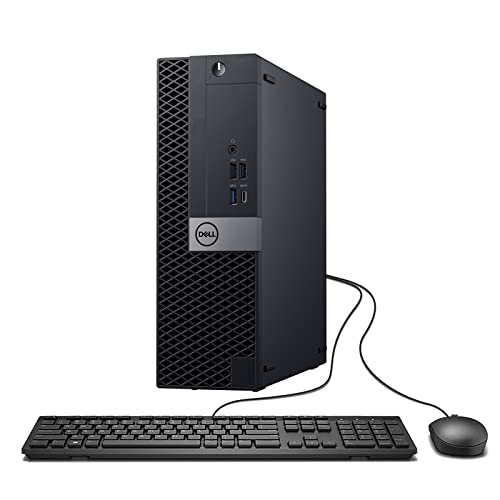
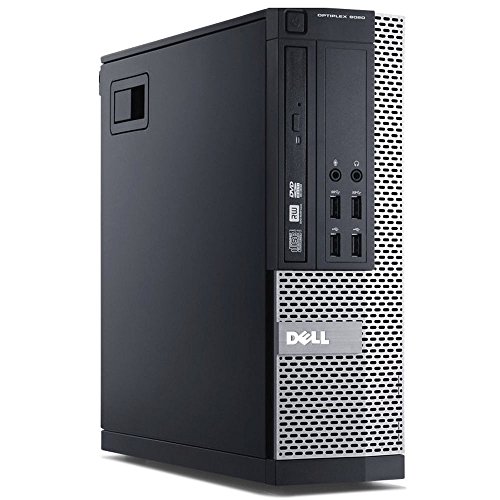
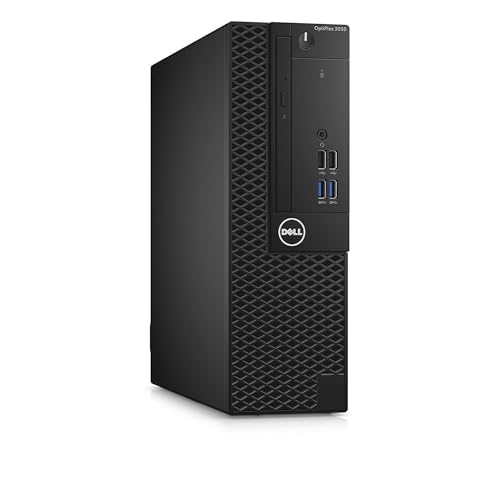
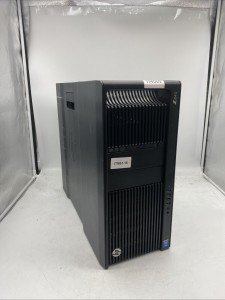
Workstations for Computational Astrobiology and Planetary Research
Finding the Perfect Workspace for Exploring Life Beyond Earth
Related Articles
Essential High-Performance PC Components You Need Now
Upgrade your setup with the must-have parts for unbeatable gaming and productivity
Top Picks for Best High-Performance PCs
Find the perfect power machine for gaming, work, or creative projects
Your Guide to the Best High-Performance PCs
Find the Right PC for Your Gaming and Creative Needs
View our related products
See more



